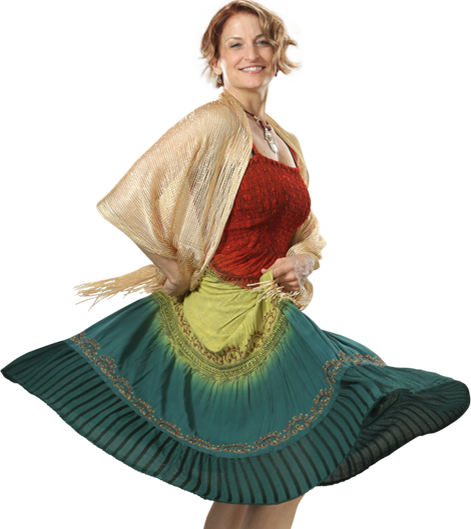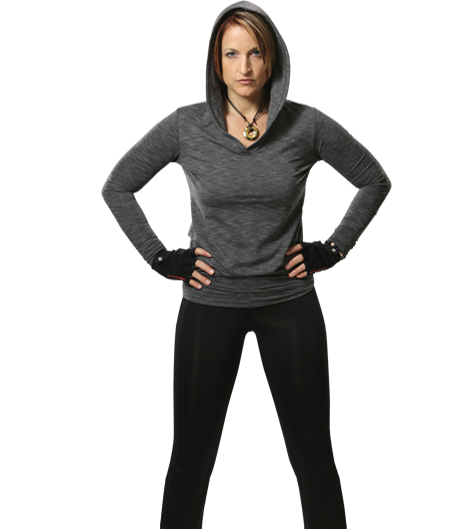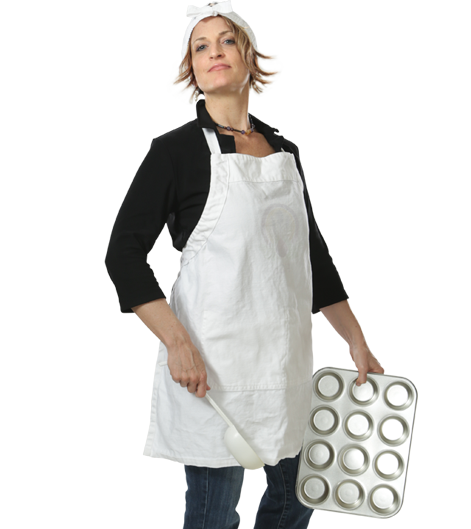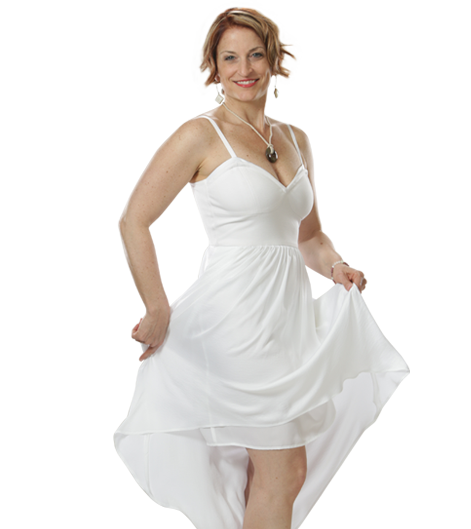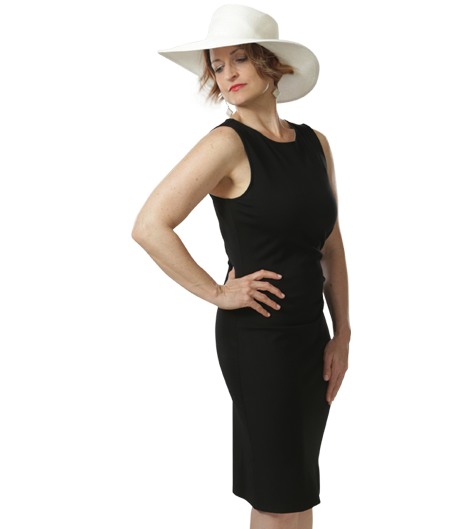Structural Integration is an educational process of understanding the relationship between gravity and the human body. It is a systematic approach, mapped over a 10-session series, to release the patterns of stress and impaired function in the body’s structure.
Most of our bodies are misaligned, which often results in poor posture. As we grow older, this changes our relationship to gravity and the posture worsens. We often ‘shrink’ in height and flexibility is slowly lost.
Our bones stay the same length and our muscles can still function, but the connective tissue is what changes most.
View before and after photos and testimonials.
 Connective Tissue is the sculpting medium
Connective Tissue is the sculpting medium
Connective tissue (aka fascia) is a strong, tough network, essentially the support system of our bodies. It absorbs and responds to all stressors i.e.: gravity, illness, injury, and emotional stress. Any of these traumas can become locked in the body and cause imbalance, chronic pain, stiffness or decreased flexibility and movement. SI sessions lengthen and reposition the fascia; allowing for more flexibility and muscle efficiency.
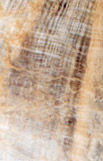 What can you expect in a session?
What can you expect in a session?
Cotton shorts or undergarments are worn throughout the session. The practitioner begins by assessing how your breath moves throughout your body, while standing. Once on the table you may be asked to make specific, subtle movements or apply directed breath work into the area being worked on.
The result is a feeling of lightness and fluidity, balance and freedom ~ structurally it is easier to live in your own skin.
Picture having a body and spirit that are flexible and free, living in opening rather than in the painful, narrow constriction of old set patterns, closed hearts, and fear-filled attitudes. Imagine a blade of grass ~ how delicately it responds to the slightest breeze and how it bends low before the hurricane, surviving when the mightiest trees have fallen. A structure that is rigid and poorly balanced lacks resilience. A structure that is supple in its dynamic relationship with its surroundings only bends with stress and then springs back.
The Origin of Structural Integration
 Dr. Ida P Rolf, was the founder of Structural Integration. In the 1930‘s she explored Osteopathy, Chiropractic Medicine, Tantric Yoga, the Alexander Technique and Korzybski’s work on the consciousness. Several decades later her work evolved and came to be called Structural Integration or Rolfing, a term given by her students.
Dr. Ida P Rolf, was the founder of Structural Integration. In the 1930‘s she explored Osteopathy, Chiropractic Medicine, Tantric Yoga, the Alexander Technique and Korzybski’s work on the consciousness. Several decades later her work evolved and came to be called Structural Integration or Rolfing, a term given by her students.

